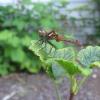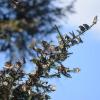Every year as it gets colder, North American monarch butterflies migrate south between August and October. Monarchs that spend the summer breeding west of the Rocky Mountains tend to migrate to California coasts, while monarchs breeding further east migrate to Mexico. The butterflies cluster together in large groups at their overwintering sites to survive the winter. Once spring begins, these butterflies migrate north to start the breeding season all over again.
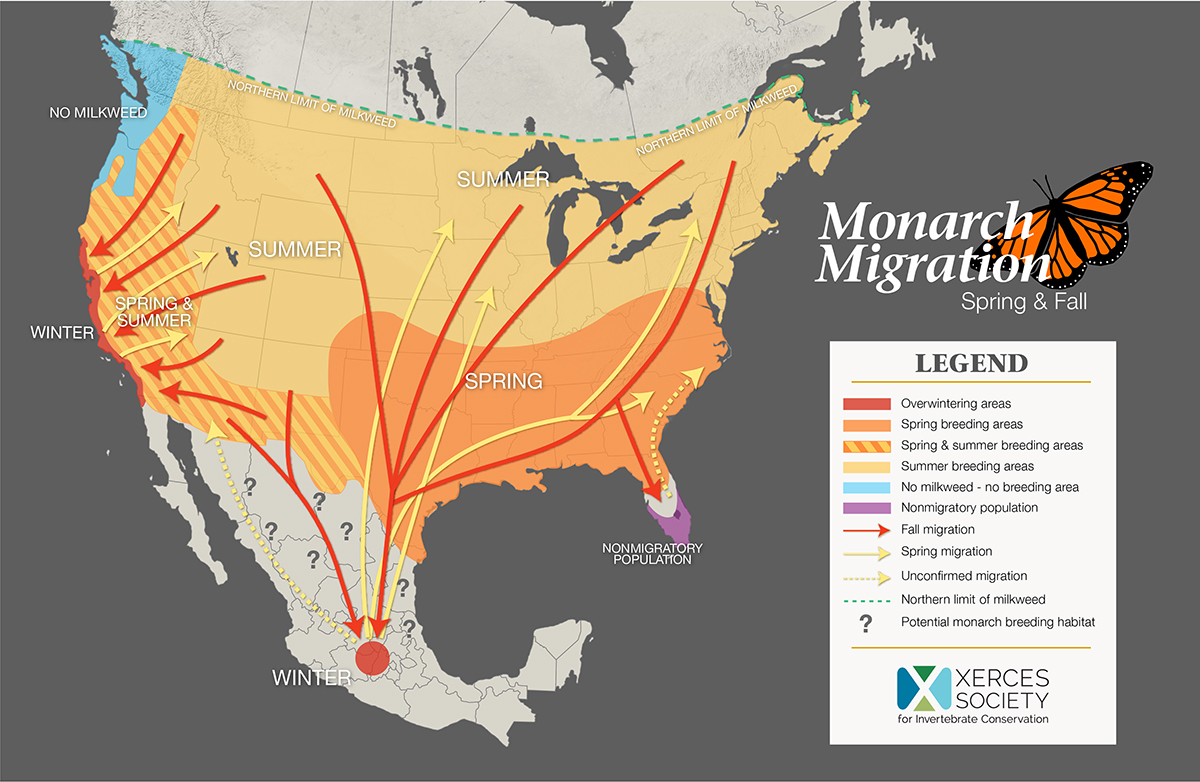
1. It's a long journey for a small insect.
A migrating monarch can fly up to 2,500 or sometimes even 3,000 total miles before reaching its destination. A monarch can travel over 100 miles in a single day with the right conditions. These butterflies coast on air currents to move quickly and conserve energy. They often fly at elevations where we can’t even see them from the ground, at 800 to 1,200 feet high.
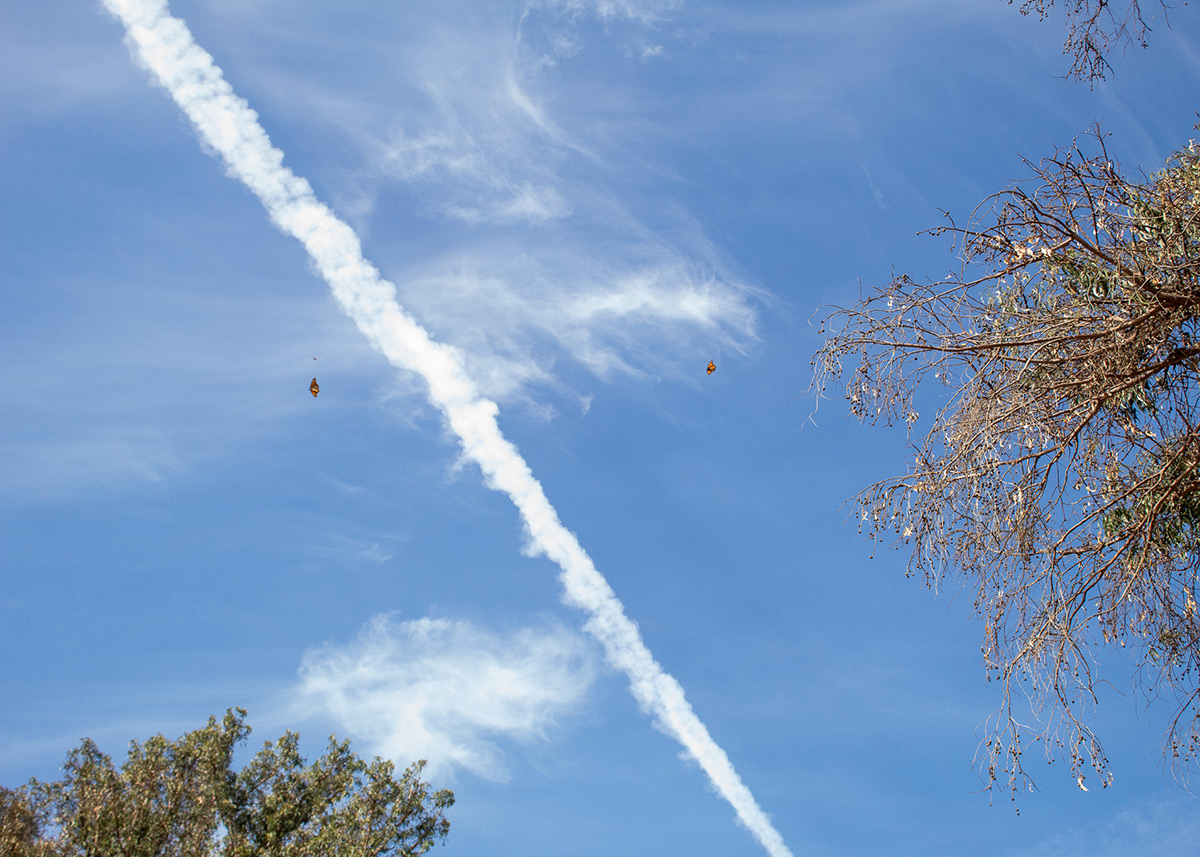
2. It's every monarch's first and only migration.
Monarchs that migrate north in spring will breed and pass away far before their descendents are ready to migrate south again. None of the monarchs on the fall migration path have ever been to their destination before, and yet they know exactly where to go. Scientists believe they use cues like magnetism and sunlight to navigate directionally, but the rest is still a mystery.
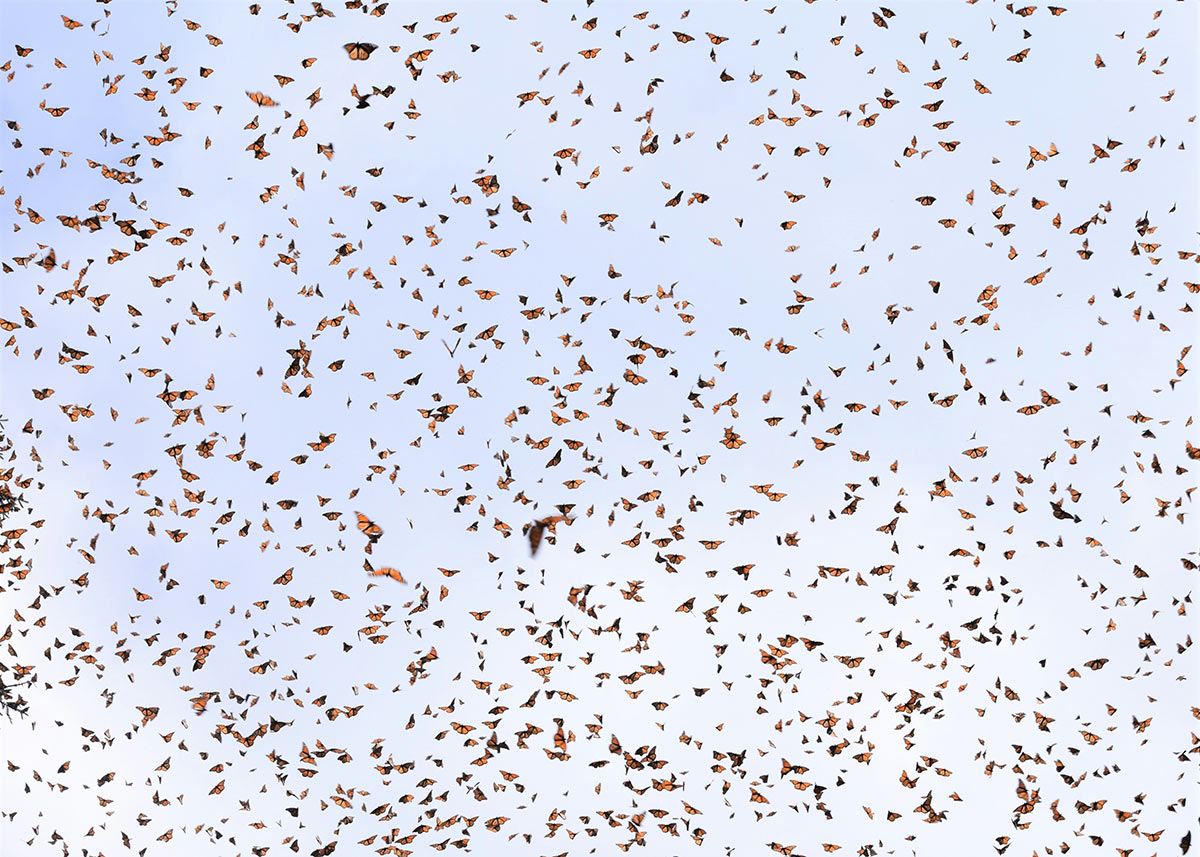
3. Migrating monarchs live longer than others.
The monarchs that migrate south are the last generation born each year, and they live up to 8 months longer than their ancestors from earlier in the summer. A typical monarch life span is 2 to 6 weeks. Migrating monarchs live up to 9 months, with their lifetimes spent migrating south, sticking out the winter, migrating north again, and finally breeding in the spring.
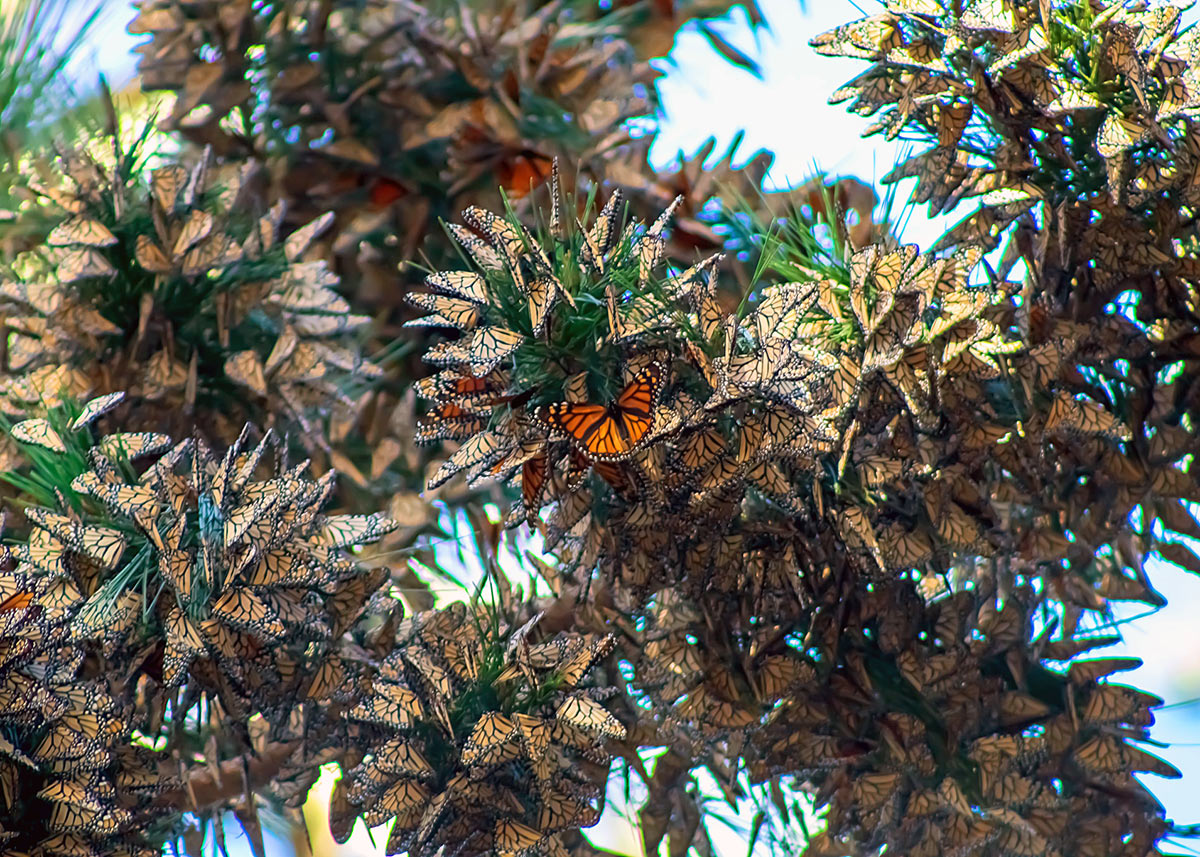
4. Some monarchs don't migrate.
Monarchs are famous for their migration, but some groups don't make the journey. For example, monarchs living and breeding in southern Florida and on other continents are able to sustain life year round without migrating. Scientists aren't certain if these resident monarchs don't migrate because of mild winters, a genetic difference, or a combination of factors.
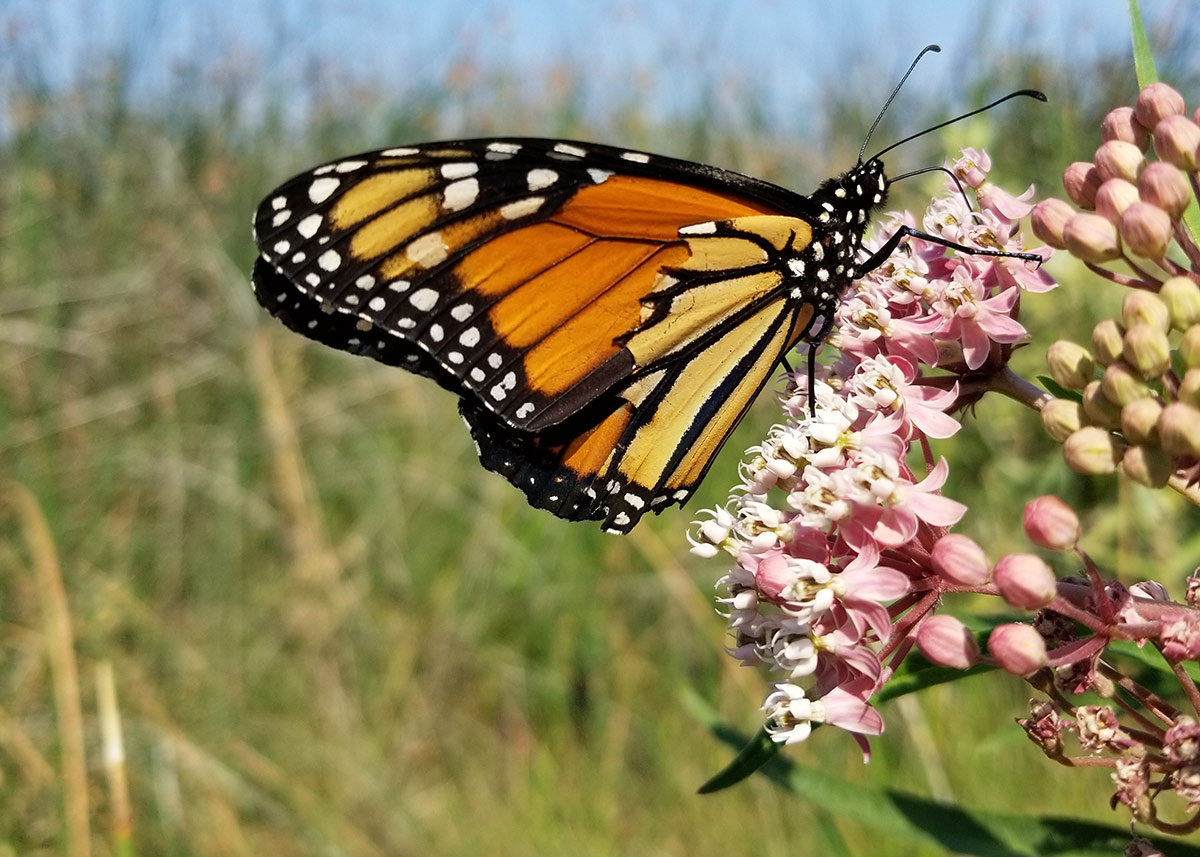
5. A lot of what we know came from community science.
We have volunteers to thank for most of the available data about monarch migrations. For decades, community scientists have been collecting data by tracking, counting, and photographing monarchs on the move and overwintering. It’s how we know that monarch populations have declined dramatically since the 1980s.
The Xerces Society facilitates and supports several community science projects throughout the year to continue researching these animals. Anyone can get involved!
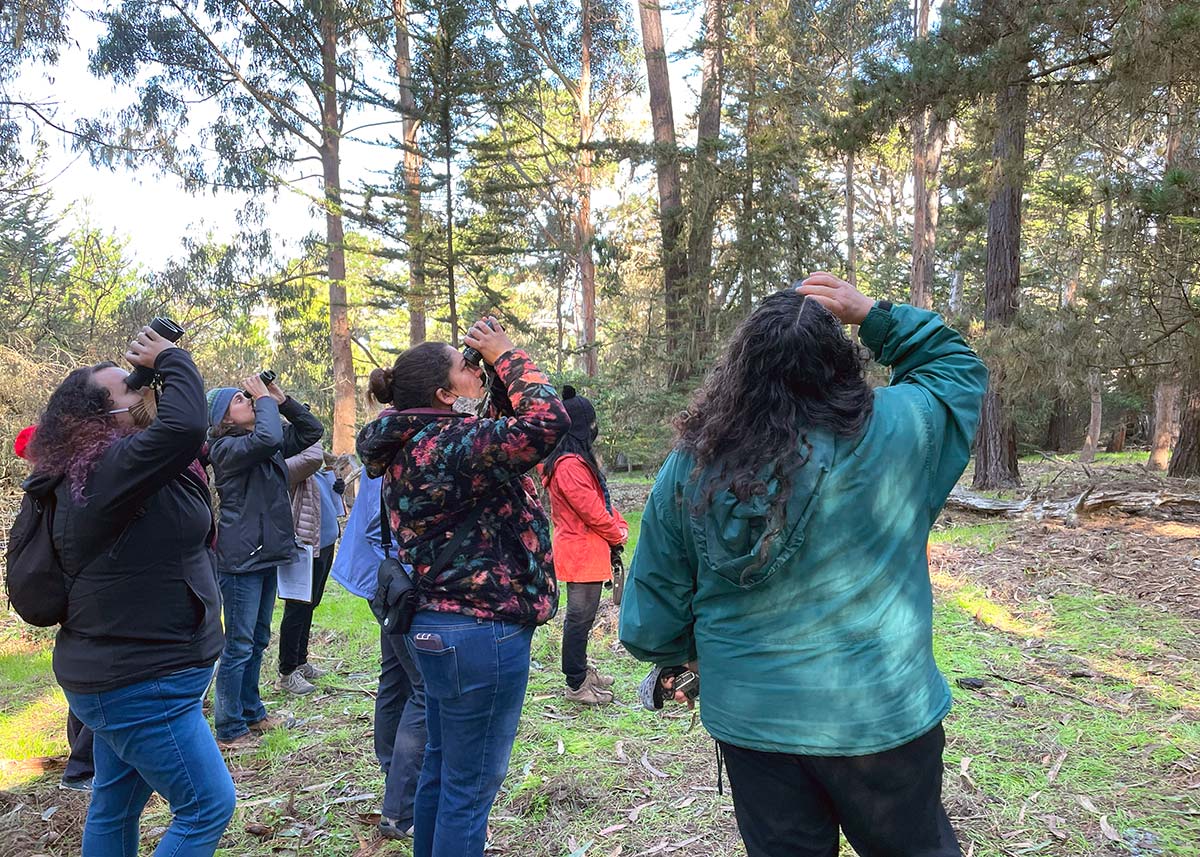
Western Monarch Count
The Western Monarch Count invites community scientists near the west coast to count western monarchs at their overwintering sites from November to January. Volunteers count the overwintering butterflies around Thanksgiving and New Year’s, which helps us understand how many butterflies migrated to the coast in the fall, how many survived the worst of the winter, and how many are likely to migrate away from the coast in spring. Winter is an optimal time to count migrating monarchs, since it is the only time of year when they are clustered together in small and specific geographic regions.
Learn More About the Western Monarch Count
Western Monarch Mystery Challenge
The Western Monarch Mystery Challenge is a community science project running from February to April, when monarchs start to migrate away from overwintering sites. The goal is to fill gaps in knowledge about western monarch migrations from coastal overwintering sites to summer breeding sites.
Learn More About the Western Monarch Mystery Challenge
International Monarch Monitoring Blitz
The International Monarch Monitoring Blitz invites community scientists in the United States, Canada, and Mexico to gather data about monarchs (both eastern and western) after they have migrated into their breeding grounds for the summer, in July and August. Resulting data helps us better understand the monarch butterfly’s breeding productivity, range, and timing in North America, which also allows us to gauge monarch quantities between migrations.
Learn More About the International Monarch Monitoring Blitz
Western Monarch Milkweed Mapper
The Western Monarch Milkweed Mapper is an ongoing community science project to map milkweed and monarchs in all life stages in the western United States. Western monarchs are more vulnerable than eastern monarchs. Research from this project helps us understand how and where we can better support western monarchs in their breeding grounds, so that enough butterflies can successfully migrate in fall and survive through winters.
Learn More About the Western Monarch Milkweed Mapper
Monarch Nectar Plant Database
The Monarch Nectar Plant Database is a collection of community science observations from any time of year about which plants monarch butterflies nectar from. The data is ranked and used to give more accurate recommendations for planting nectar plants specifically to attract and feed monarchs. This project is not directly dedicated to migration research, but monarch plant preferences are very relevant for migration paths, on which monarchs need to stop for fuel often.
Learn More About the Monarch Nectar Plant Database


